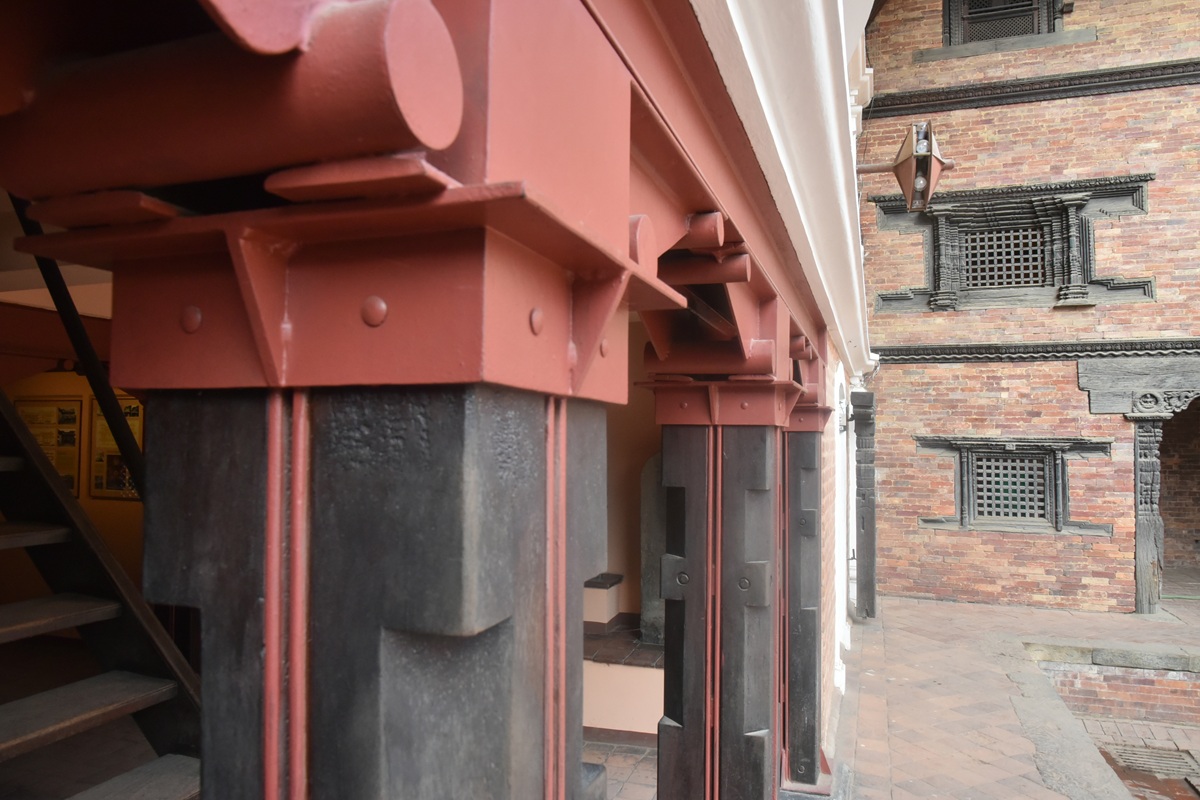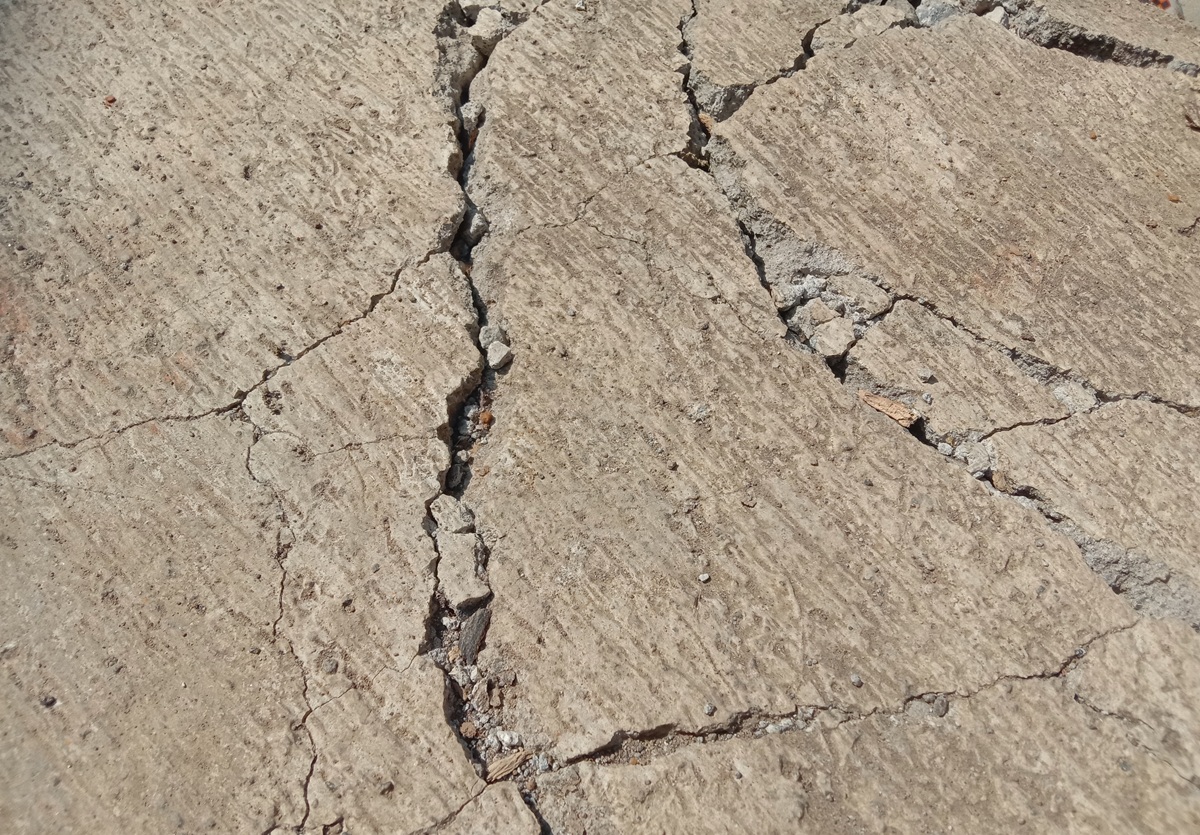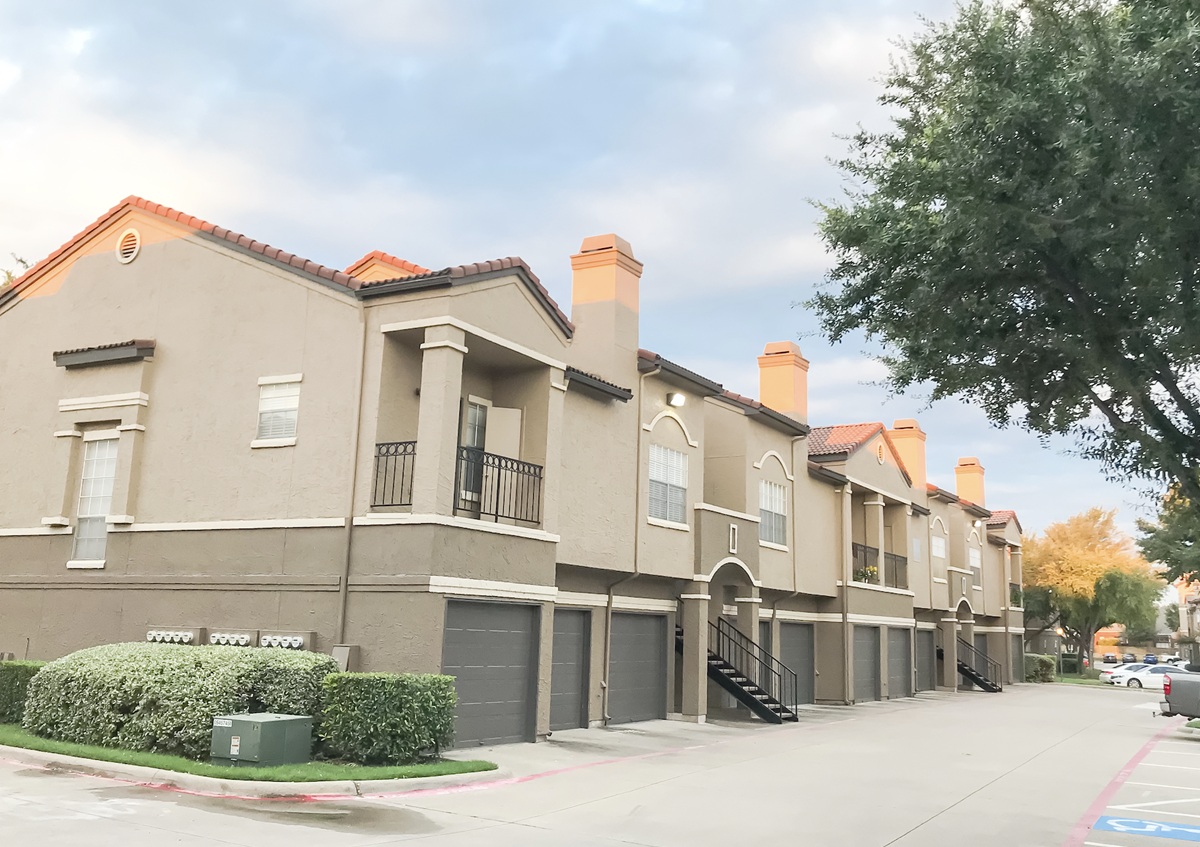Few might think to turn to a brewery for lessons on earthquake resilience, but the Anheuser-Busch company knows the subject well.
When its brewery in Van Nuys suffered significant damage in the 1971 Sylmar earthquake, the company decided to invest $11 million in retrofitting structures at the site to withstand the next major temblor. It was a good decision because disaster struck the region again in 1994 with the Northridge quake.
Even though the brewery was located just a few miles from the epicenter of the devastating 6.7-magnitude Northridge temblor, the retrofitted structures in its compound were not damaged. The brewery quickly returned to nearly full operations following minor cleanup and repairs.
Anheuser-Busch estimated it would have suffered direct and business interruption losses of about $750 million from the Northridge earthquake without the retrofits, the California Seismic Safety Commission reported after the fact. This averted damage of more than 60 times the actual cost of the brewery’s retrofit program.
Businesses are extremely vulnerable to the risks presented by earthquakes — and this in turn threatens the life, livelihood, and well-being of the communities those businesses serve.
Imagine if your apartment building collapsed or was red-tagged after an earthquake. You’d still be responsible for paying off any loan without revenue coming in from tenants to cover those expenses. Recovery costs would most certainly max-out your insurance deductible – and if you don’t have earthquake insurance, you’d be entirely on your own.
Knowing this, business leaders have joined forces with government to raise awareness of society’s shared need for building safety.
“If everyone does their part, Los Angeles will be more prepared – better equipped to emerge from any challenge, better than before,” former Mayor Eric Garcetti said on The Resilience Advantage, a webinar series sponsored by Optimum Seismic bringing together experts from many fields to discuss earthquake threats and solutions.
In 2015, Garcetti signed into law what was at the time the nation’s most sweeping seismic retrofit ordinance. Since then, more than 8,000 of 14,000 vulnerable buildings have been retrofitted.
“We understand that the decisions we make today are going to shape the lives of our children and grandchildren,” he said. “That’s why we’re working to build a more resilient and prepared city.”
Maria Salinas, president and CEO of the Los Angeles Area Chamber of Commerce, agreed.
“As we’ve faced the challenges of the pandemic, we’ve learned much about our communities, our economies, and our institutions,” she said. “Angelenos have always known the danger of events – from wildfires to earthquakes and everything in between. The need for greater resiliency is evident.”
The aftershock of economic devastation
Media reports of the Northridge quake focused on the dramatic visuals —the flattened apartment buildings, collapsed freeway overpasses and grotesquely twisted steel-framed structures — all of which showed the extent to which an earthquake can damage a structure.
But these images do little to illustrate the magnitude of widespread suffering caused by the quake.
More than 6,000 commercial and industrial structures were damaged, and more than 36% of all businesses surveyed said the Northridge quake caused them to lose an average of $85,000 in 1994 dollars. A year and a half later, 25% of the businesses reporting damage from the quake said they never recovered.
Risk analyst Barbara Stewart calls the over-arching economic impacts of a major earthquake “The Ripple Effect.”
“A catastrophic earthquake will have a national impact, and there will be national damage,” she wrote in a report for the National Academies of Science.
She summarized those impacts in three categories: (1) disruptions to supply lines, (2) shocks to financial markets, and (3) drain on the insurance system.
“There has been very little study of these consequences for obvious, very understandable reasons,” Stewart said. “It is quite human to focus on the suffering and physical damage that occurs immediately after an earthquake. The problem is that it is unknown, other than estimates of the physical damage, just how bad the general economic damage might be — and that uncertainty is a problem in itself.”
If you own a building that you believe may be vulnerable to damage – or if you live or work in one – it’s important to educate yourself on cost-effective measures that can be taken to save lives, protect your assets and property, and preserve the well-being of the community-at-large.
Call Optimum Seismic at 833-978-7664 or visit optimumseismic.com for a free building evaluation today.







